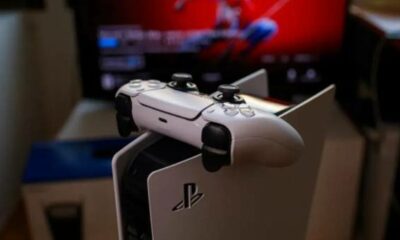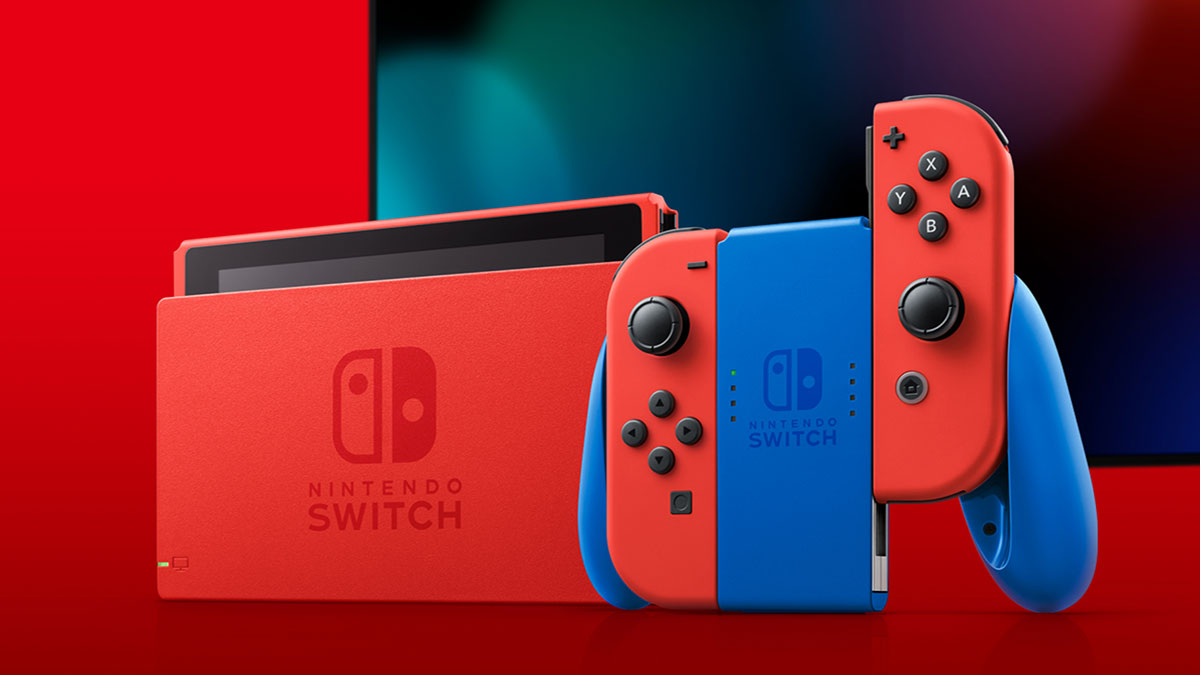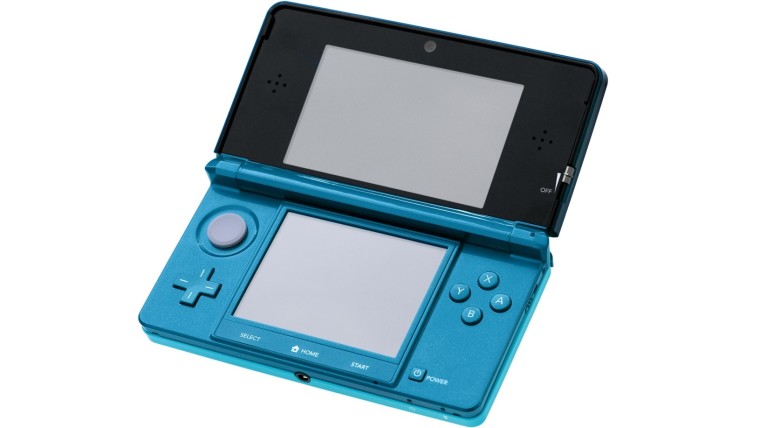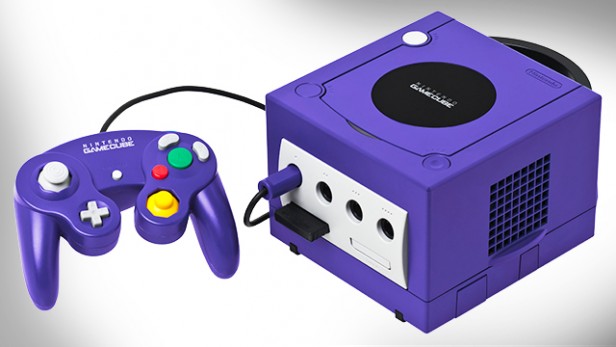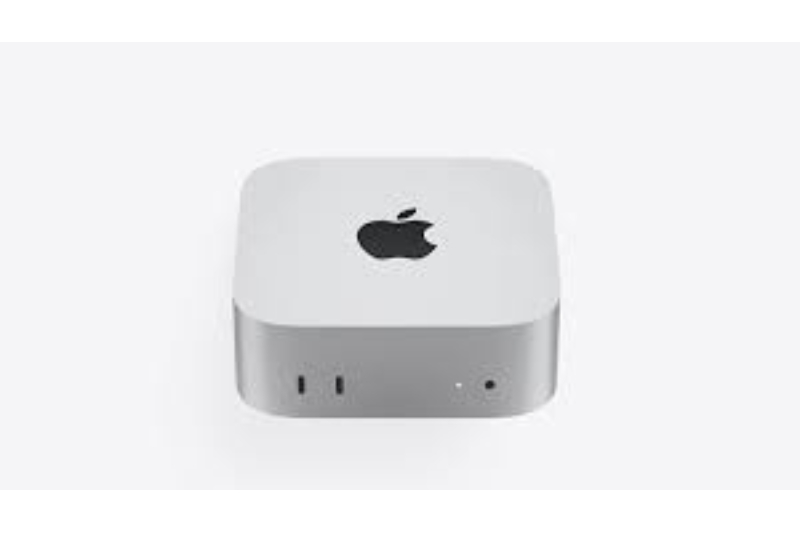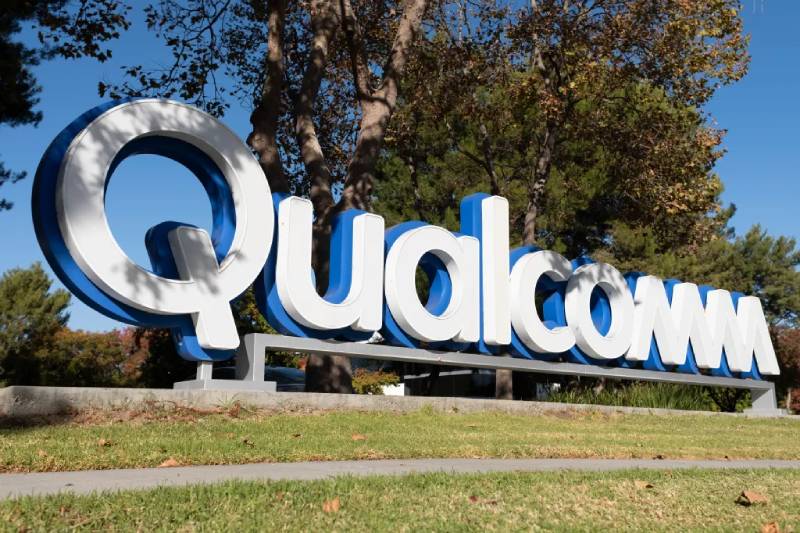Technology
Nintendo is closing its Dr. Mario World mobile game at november 1st

Technology
Apple has revealed a revamped Mac Mini with an M4 chip
Technology
Apple Intelligence may face competition from a new Qualcomm processor
Technology
iPhone 16 Pro Users Report Screen Responsiveness Issues, Hope for Software Fix
-

 Business4 weeks ago
Business4 weeks agoMastercard Wants to Acquire a Swedish Firm that Simplifies the Management and Cancellation of Subscription Agreements
-

 Business2 weeks ago
Business2 weeks agoRony Abovitz launched SynthBee, an AI business that has secured $20 million in venture funding
-

 Business2 weeks ago
Business2 weeks agoMicrosoft and OpenAI are at odds about the tech behemoth’s ownership of the business
-

 Science2 weeks ago
Science2 weeks agoAlien Life may be Hiding Beneath the Shield of Ice on Mars, According to a Study
-

 Science2 weeks ago
Science2 weeks ago20 Starlink internet satellites are launched by SpaceX from Florida
-

 Sports2 weeks ago
Sports2 weeks agoTuten Leads the Hokies with 4 Touchdowns and 266 Running Yards in a Blowout Victory
-

 Business1 week ago
Business1 week agoStartup Talks of a $9 billion valuation are confusing AI search
-

 Entertainment2 weeks ago
Entertainment2 weeks agoDanny Ramirez on Joaquin Phoenix Leaving the Gay Romance Film Directed by Todd Haynes

